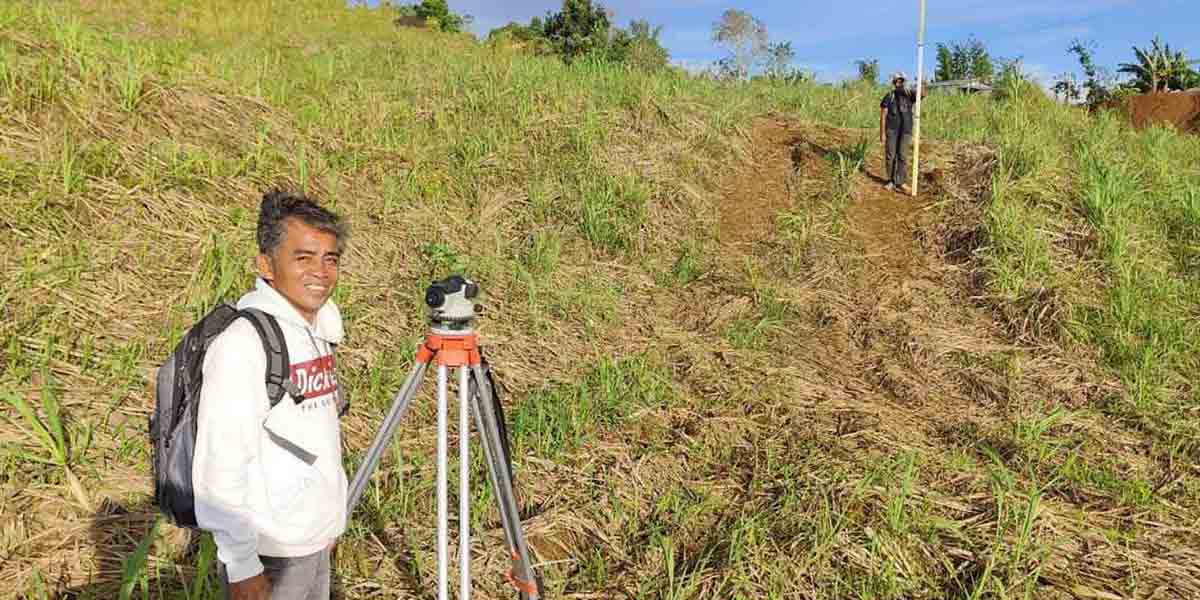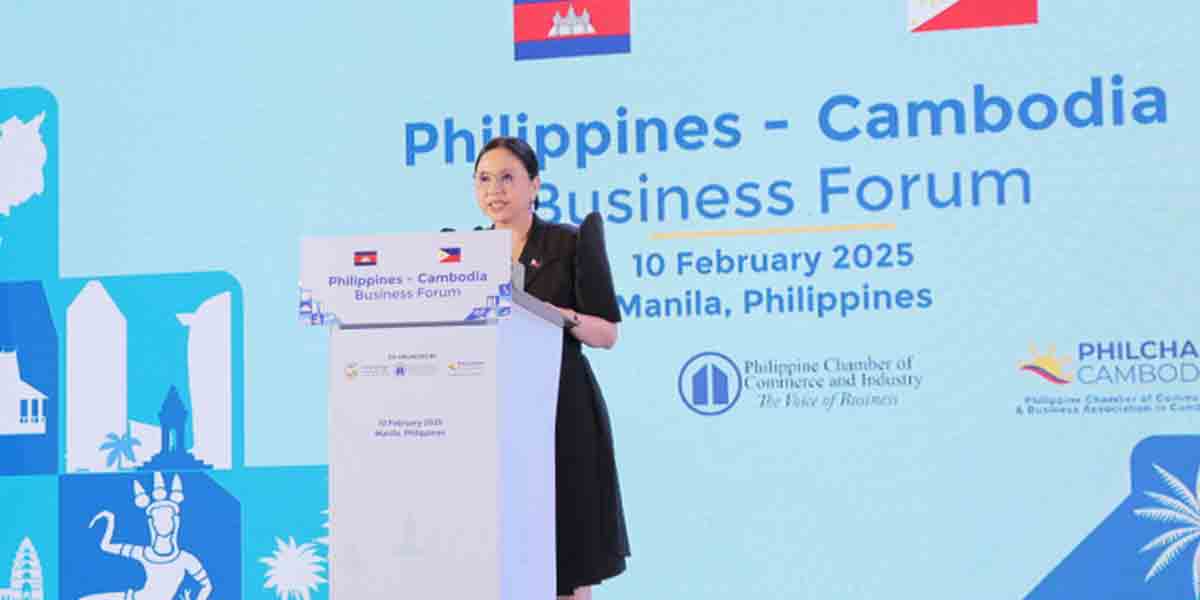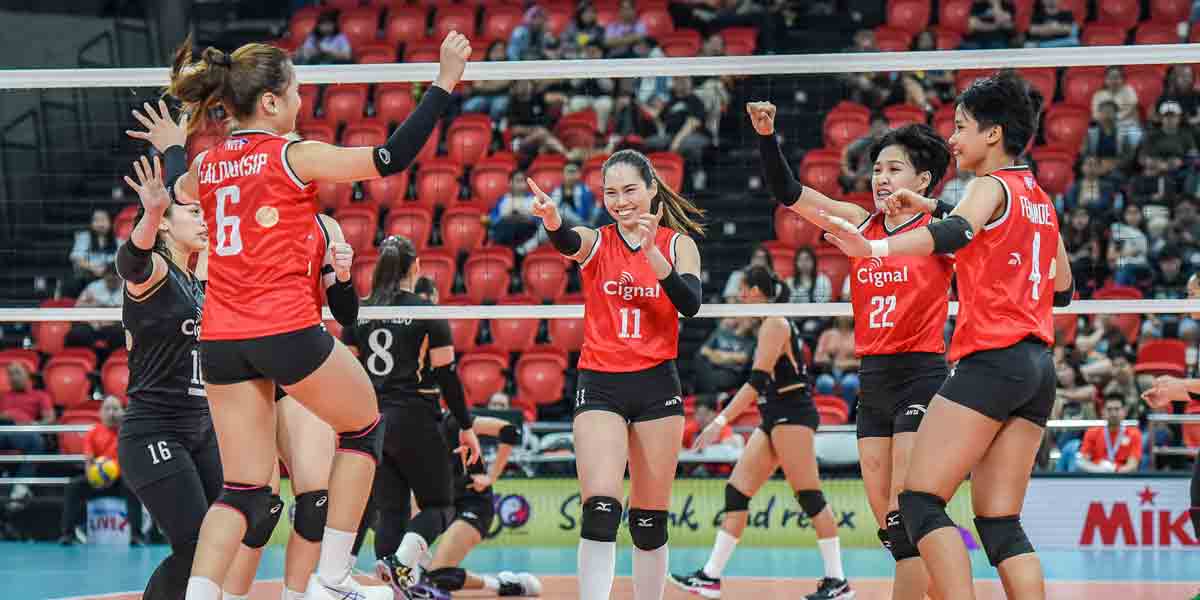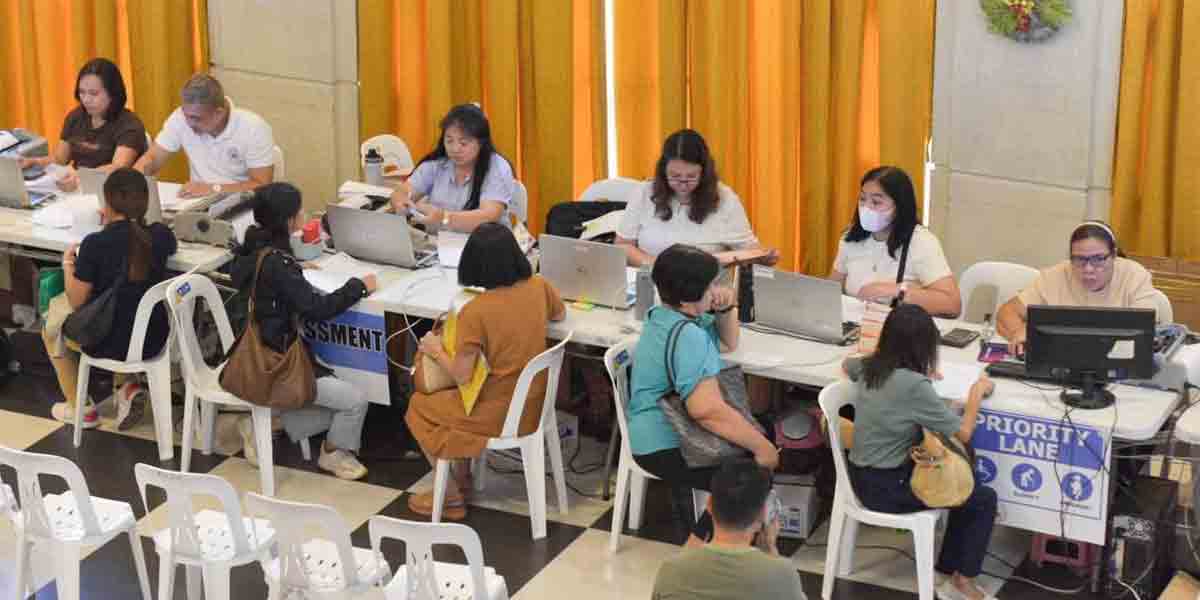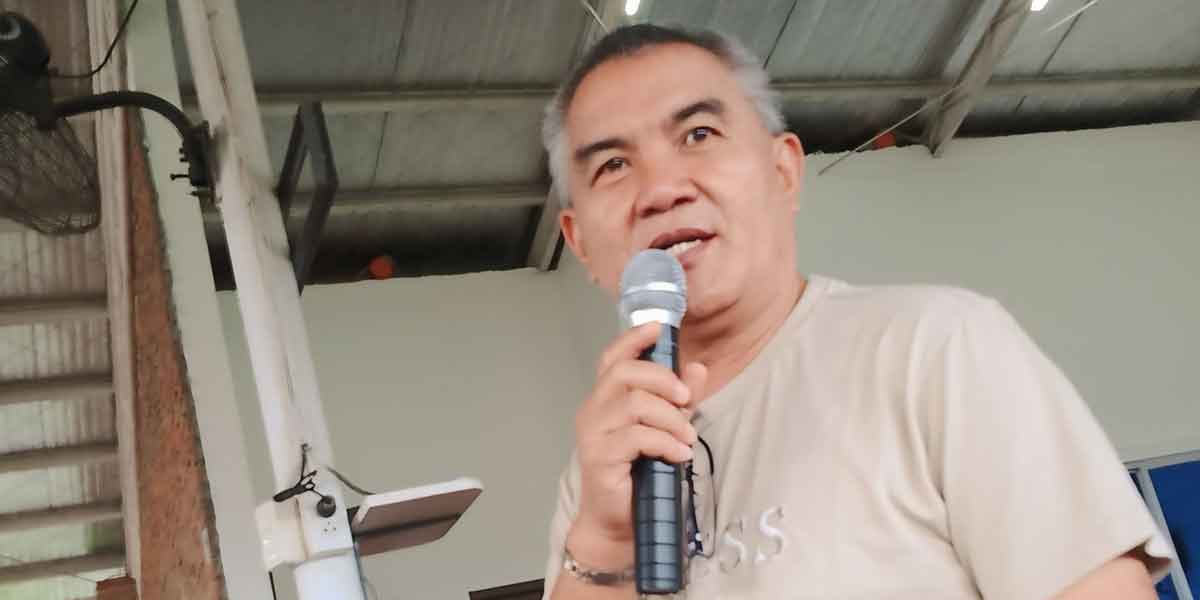By Herman M. Lagon
The country’s landscape of reading comprehension and writing skills mirrors a quiet crisis woven with silent struggles that too many students experience daily. In 2022, the Programme for International Student Assessment (PISA) underscored this crisis, revealing that Filipino students ranked among the lowest globally in creative thinking, which is intertwined with comprehension and expression. These findings show more than just a skill gap—they reveal a generation that may not be fully equipped to face a world of constant change and uncertainty. This challenge is not just a problem for one group but a widespread issue that calls for a united and thoughtful response.
Teachers and students from cities to remote towns need more resources, which hinders meaningful literacy. Across public and private schools, libraries often lack adequate, updated reading materials that students find engaging or relatable. Educators emphasize the potential impact of literature that speaks to students’ experiences and backgrounds, suggesting that DepEd develops collections of local stories and poems akin to the beloved Philippine Prose and Poetry. Such local works capture students’ imaginations, foster engagement, and offer critical socio-emotional connections. However, when only a few such resources are available, teachers face an uphill battle to spark that vital interest in reading.
Teachers, crucial front-liners in this struggle, often need more extensive training to bridge these gaps. In the Bangsamoro region, for instance, over 50% of teachers scored below basic reading comprehension levels even after training, underscoring that quality instruction requires more profound and more consistent support than single workshops. Yet, many educators persevere, assuming dual roles as content instructors and reading specialists, frequently needing more tools and resources. The Department of Education’s “Catch-Up Fridays” program is a step in the right direction, dedicating a portion of weekly school time to reading activities. Still, its potential remains limited without comprehensive teacher training, support, and materials.
The task of nurturing literacy among our youth goes beyond teachers and classrooms. A genuine community approach—one where parents, local authors, and community leaders play active roles—is essential. As echoed in the African proverb, “It takes a village to raise a child,” fostering reading comprehension and writing skills requires collective action. This also extends to libraries, our learning hubs, and laboratories, which serve as accessible havens for young readers yet are under-resourced in too many communities. Local leaders could prioritize establishing these learning nooks in every barangay to help children view reading not merely as an academic task but as an enjoyable journey.
Reflecting on the educational experience of the 1980s and 1990s, some may recall the “Formal Theme” notebook, where students honed their writing discipline. While the method was rigid, requiring precise indention and format, it provided a structural foundation many still find valuable today. In contrast, modern educational practices lean toward flexibility in writing, sometimes overlooking the foundational discipline that structured writing once instilled. While creativity is crucial, a structured approach to writing can offer students a toolkit for expressing ideas clearly and persuasively. Maybe it is time to bring back a mix of old and new—where creativity thrives alongside structured writing exercises that help students feel confident and grounded in a solid framework.
Poor reading comprehension and writing skills also reflect broader socioeconomic challenges. Many students juggle school with household responsibilities, and malnutrition remains a persistent obstacle to learning, with one-third of Filipino children under five experiencing stunted growth due to undernutrition (World Bank, 2021). Hunger and poverty silently burden students, affecting concentration and cognitive development. Addressing these systemic issues—ensuring students are well-nourished and cared for—should be part of any educational reform. Only when students’ basic needs are met can their potential truly flourish.
Furthermore, the learning environment must foster a growth mindset. This concept needs to be improved among students from elementary up to college, as World Bank data reveals that only 31% of Filipino students believe they can improve their intelligence (World Bank, 2018). Encouraging students to view challenges as opportunities for growth can drastically reshape their approach to learning. Igniting a growth mindset can begin in early schooling, instilling in students the courage to face academic and personal challenges with optimism and resilience, much like a spiritual journey of self-discovery and purpose.
Meanwhile, policymakers are left with complex choices. Amid calls for quality-based reforms in the K to 12 program, former President Gloria Macapagal-Arroyo’s K+10+2 proposal to shorten basic education has reignited debate on whether less time in school could equate to better learning outcomes. Yet shortening the duration of basic education may not address the core issue—the need for quality instruction and curriculum content. Reforming the K to 12 program should instead focus on refining curricula, enhancing teacher training, and better equipping schools to ensure meaningful learning experiences. Time is not the primary issue; it is the quality of every hour spent in the classroom.
Empowering teachers through training remains an urgent priority. Teachers need more than one-time workshops; they need continuous, hands-on training emphasizing best practices for teaching reading and writing. Programs that immerse teachers in practical, context-based strategies can address the gaps highlighted in PISA, TIMSS, and other assessments. Educators who receive support to build their literacy instruction skills are likelier to cultivate these skills in their students. Just as teachers nurture students, a commitment to their ongoing development is vital.
Ultimately, the state of reading comprehension and writing among our students echoes systemic issues that demand a thoughtful, sustained response. Improving literacy is more than raising test scores; it empowers a generation to creatively express, imagine, and solve problems. This mission needs lasting dedication from policymakers, communities, and families alike. Building a strong reading culture is like nurturing a tree—it takes time, care, and patience. But once it takes root, the rewards are worth the wait.
The path forward is clear: invest in teachers, cultivate community support, and meet students where they are with tools they can relate to. Improving literacy is both a daunting and inspiring challenge but one that can shape a brighter, more expressive future for the nation. As Filipinos, we must take responsibility and collaborate to ensure that our students can read, write, think, imagine, and build a future where no voice is left unheard.
***
Doc H fondly describes himself as a “student of and for life” who, like many others, aspires to a life-giving and why-driven world grounded in social justice and the pursuit of happiness. His views do not necessarily reflect those of the institutions he is employed or connected with.






